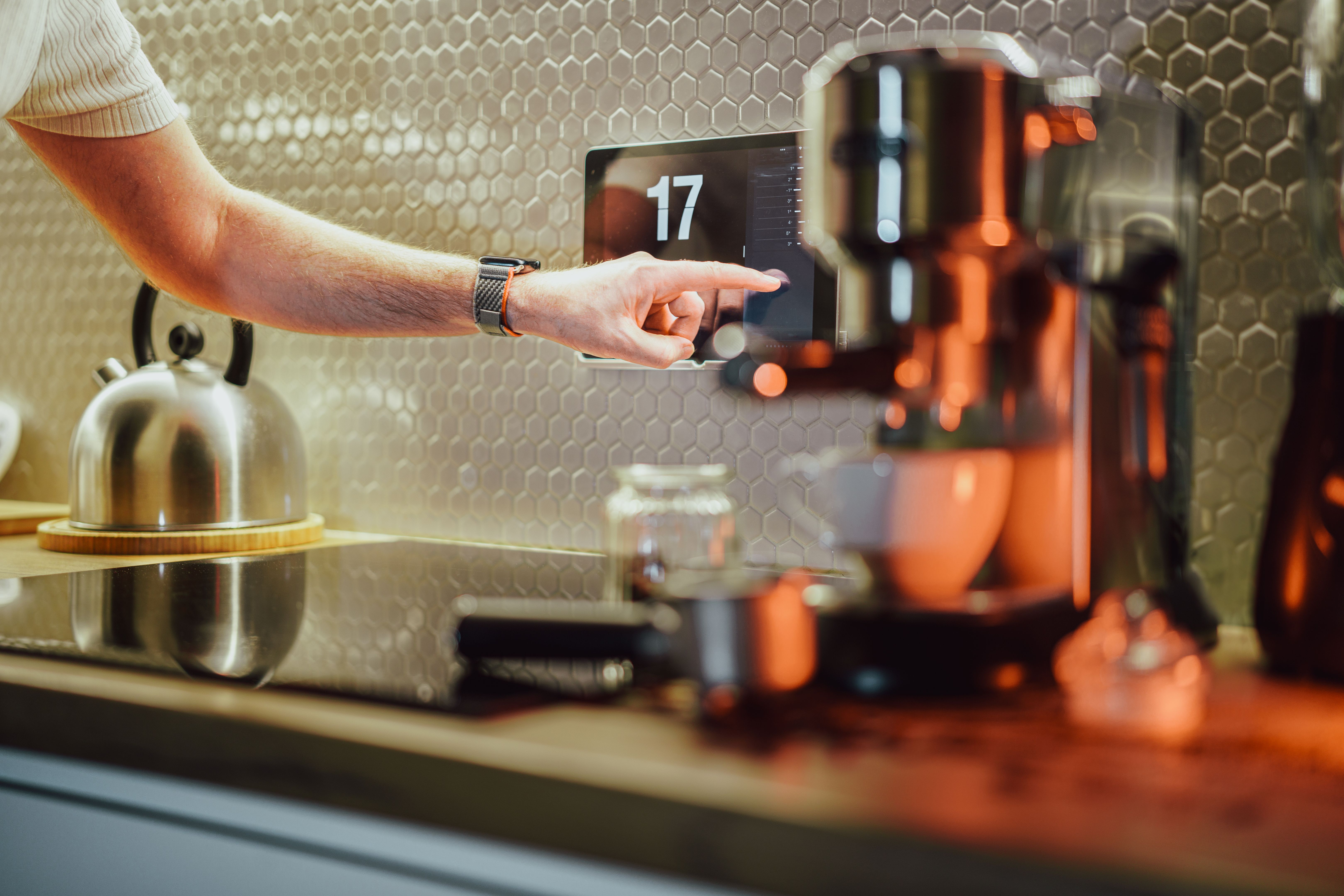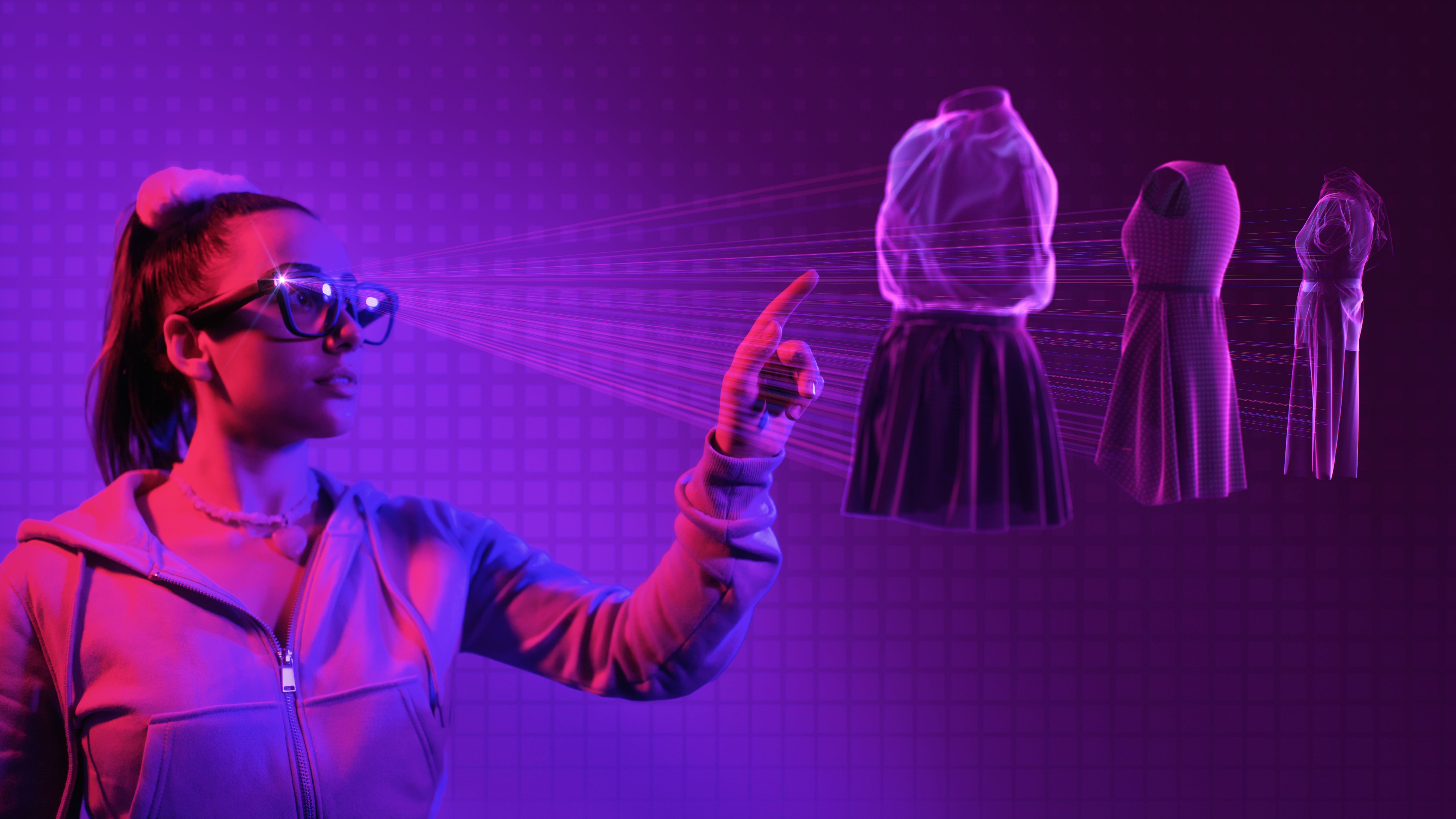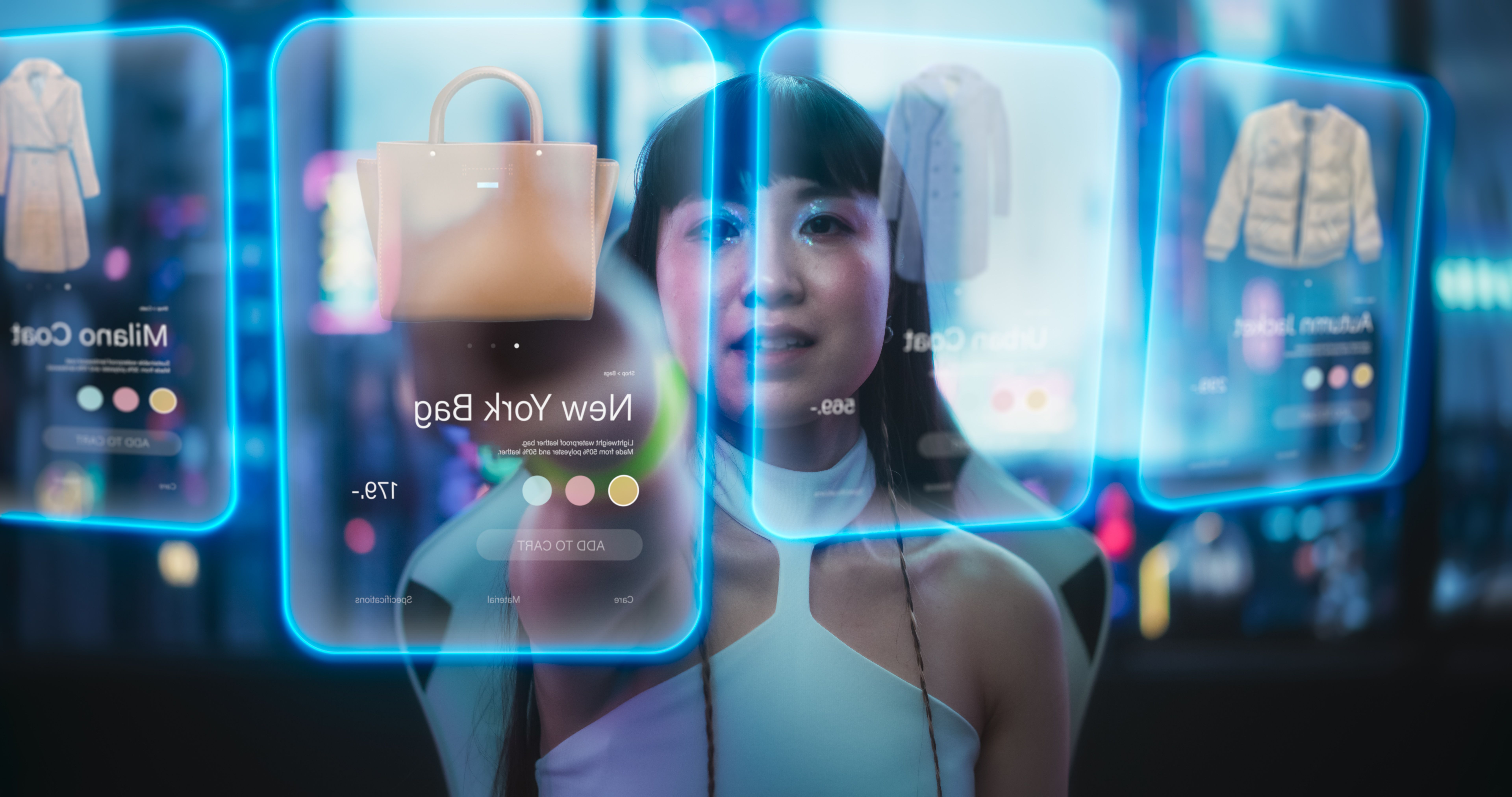Nexus: Where Technology Meets Trend in Minimalist Design
The Intersection of Technology and Minimalism
In today's fast-paced world, the fusion of technology and design is more prominent than ever. Minimalist design, known for its simplicity and elegance, is increasingly intersecting with cutting-edge technology to create a space that is both functional and aesthetically pleasing. This synergy is evident in a variety of fields, from architecture to fashion, and it continues to shape the way we interact with our surroundings.
Minimalism, at its core, focuses on the essence of an item or space, stripping away excess to highlight functionality and form. When combined with technology, it enhances this philosophy by integrating smart solutions that complement rather than overwhelm the design.

The Rise of Smart Home Systems
One of the most significant areas where technology meets minimalist design is in the realm of smart homes. These systems are designed to seamlessly integrate into a home’s architecture without disrupting its visual harmony. From automated lighting and climate control to intelligent security systems, these technologies provide convenience and efficiency while maintaining a sleek, uncluttered appearance.
Smart home devices often feature minimalist designs themselves. Sleek thermostats, speakers that blend with decor, and invisible wiring are just a few examples of how technology can be elegantly incorporated into a home. The goal is to create an environment where tech enhances the living experience without being intrusive.

Wearable Technology: Function Meets Fashion
Wearable technology is another domain where minimalist design plays a crucial role. Devices like smartwatches and fitness trackers are crafted to be both functional and stylish, often featuring clean lines and simple interfaces. This allows them to be worn as fashion accessories while still providing advanced technological capabilities.
These devices prioritize ease of use and intuitive functionality, ensuring that users can access important information quickly and effortlessly. By focusing on essential features and removing unnecessary complexity, wearables exemplify how minimalism and technology can coexist harmoniously.

Minimalism in Digital Interfaces
Beyond physical products, digital interfaces also benefit from minimalist design principles. In the realm of apps and websites, simplicity is key to enhancing user experience. Clean layouts, ample white space, and intuitive navigation are hallmarks of minimalist digital design.
By reducing visual clutter, users can focus on content and functionality with ease. This approach not only improves aesthetics but also boosts performance by ensuring that interfaces are responsive and efficient.
The Future of Minimalist Tech Design
As technology continues to evolve, so too will its integration with minimalist design principles. We can expect future innovations to further blur the lines between form and function, creating products that are both visually appealing and technologically advanced.
This trend will likely lead to more personalized solutions that cater to individual preferences while maintaining a focus on simplicity and elegance. As designers continue to explore this intersection, the possibilities for innovation are limitless.

In conclusion, the marriage of technology and minimalist design represents a dynamic shift in how we approach both aesthetics and functionality. By embracing simplicity, designers can create environments and products that are not only efficient but also timelessly beautiful.
